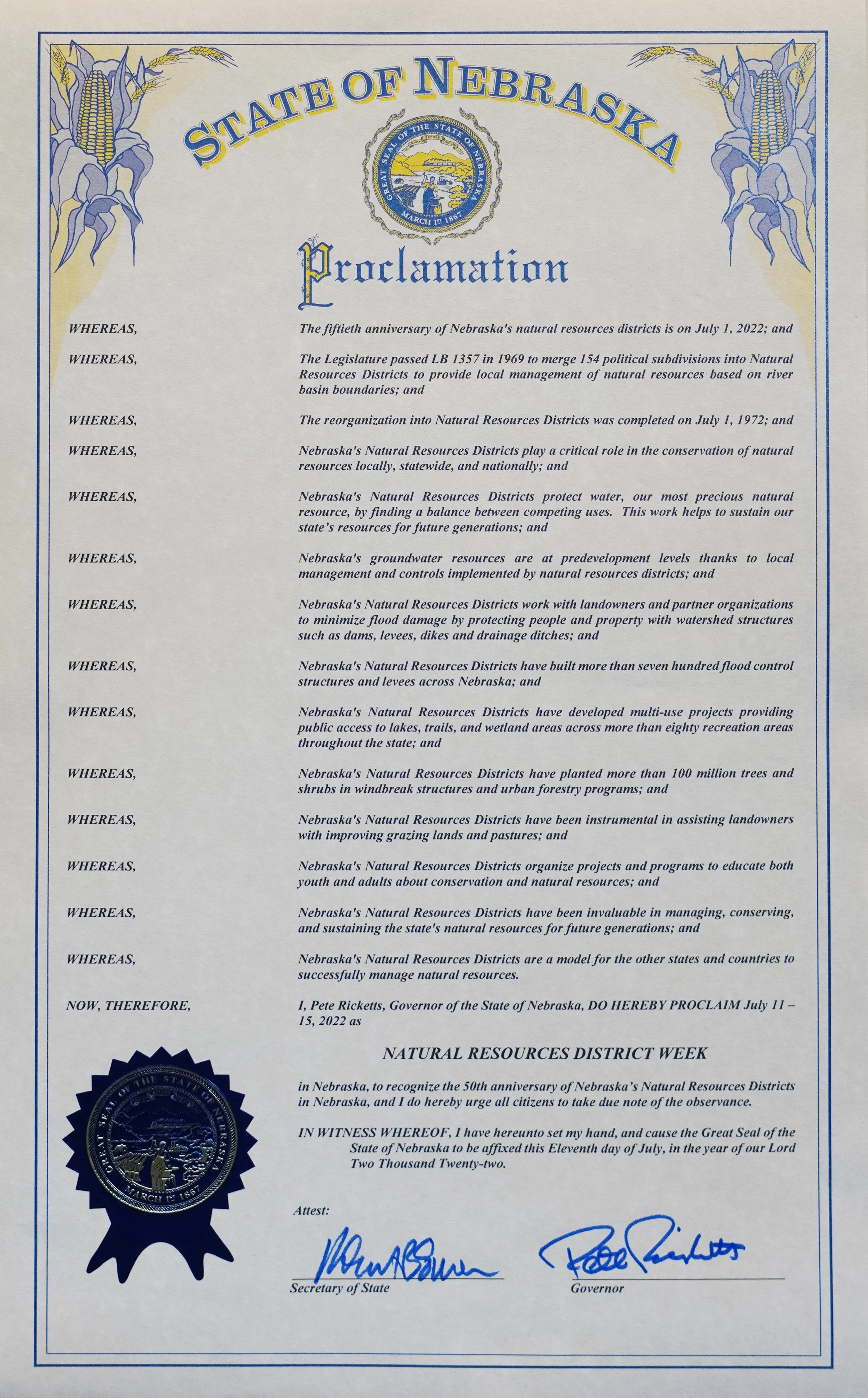Groundbreaking held for Riverfront Project
/By Nick Stevenson, City of Norfolk - Communications Manager
A groundbreaking ceremony was held Tuesday morning in Johnson Park, officially recognizing the beginning of the North Fork Riverfront Project after six years of planning and fundraising.
At its core, the North Fork River Restoration project includes the removal of a 6’ drop structure and a 6’ spillway at the bridge on First Street and the incorporation of eight, 18” drop points between the railroad bridge and the take-out point immediately south of the newly, redeveloped Norfolk Avenue bridge. The drop points will introduce white water characteristics to the river, provide beautification along the bank corridors, and enhance aquatic habitat including fish passages at each drop restoring the ability for fish to easily move upstream.
“One of the largest quality-of-life investments in Norfolk’s history, this project reenergizes the very place that first gave life to our community, utilizes our natural resources to promote outdoor recreation and tourism, and acts as a catalyst to private reinvestment that is already transforming downtown Norfolk into one of the state’s most unique, vibrant mixed-use environments,” said Norfolk Mayor Josh Moenning.
The Johnson Park revitalization plan focuses on the rehabilitation of a park that was once considered an integral part of Norfolk’s economic and cultural identity. The plan includes varying degrees of grading to provide safe, ADA access to the river, introduces additional parking, provides for enhanced festival space, and cultivates the expansion of youth amenities. The introduction of an amphitheater with a permanent stage and grass seating for hundreds will establish another unique, outdoor venue for concerts, plays, and ceremonies in Norfolk.
“What we’re trying to do is attract young people that live in communities throughout Northeast Nebraska, to give them an option to come to Norfolk and start their career in the hopes that they’re able to move back to the family farm and raise their grandkids in Randolph, in Neligh, in Wayne, and in Humphrey. This is bigger than Norfolk this is about the area. Norfolk is investing in our core, we are putting money to the place that our community started,” said Nebraska First District Congressman Mike Flood.
The project is being funded by a combination of grant resources, keno funds, and private sector donations.
Left to Right: Traci Jeffrey, Executive Director of Norfolk Area Visitors Bureau, Andy Colvin, Norfolk City Administrator, Steve Rames, Norfolk Public Works Director, Lt Governor Mike Foley, Darrel Novacek, Riverfront Fundraising Committee Member,. Angie Stenger, Executive Director of Growing Together, Joe Ferguson, Riverfront Fundraising Committee Member, Mayor Josh Moenning, Nebraska First District Congressman Mike Flood, Mike Sousek, General Manager of the Lower Elkhorn Natural Resources District, Jason Love, Riverfront Fundraising Committee Chair, & Nathan Powell, Norfolk Parks and Recreation Director.






















